Optimization of energy consumption
In today’s rapidly changing world, the requirement for sustainable development in energy consumption is more relevant than ever. The transition to sustainable energy requires a concerted effort and a willingness to change. By utilizing advanced technologies, adopting best practices, and fostering a culture of energy conservation among our employees, we aim to make significant progress toward achieving our sustainability goals while improving our operational resilience and competitiveness.
“Energy and Resource Saving Programme until 2027” defines our goals and objectives in energy and resource saving and energy efficiency improvement and sets priority areas and principles for implementing energy-saving and efficiency improvement measures. One of the priority organizational measures of the Programme was the creation of a system of the regular collection, analysis, and current control of information on the results of economic activity and volumes of fuel and energy consumption in the Fund’s companies.
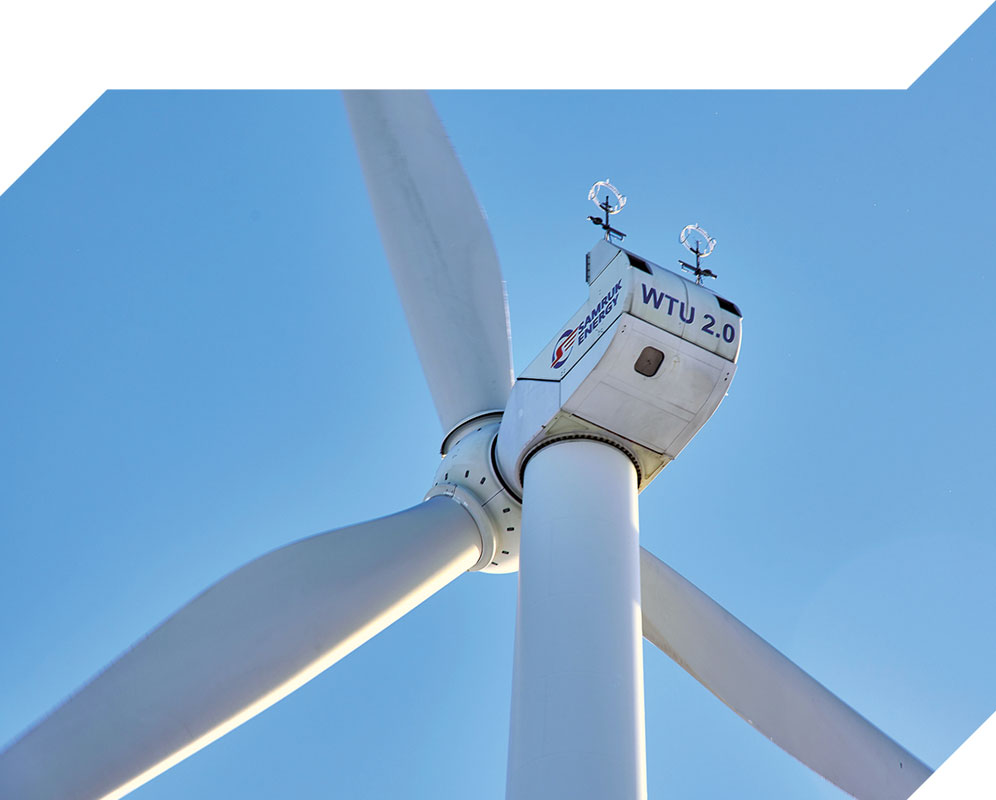
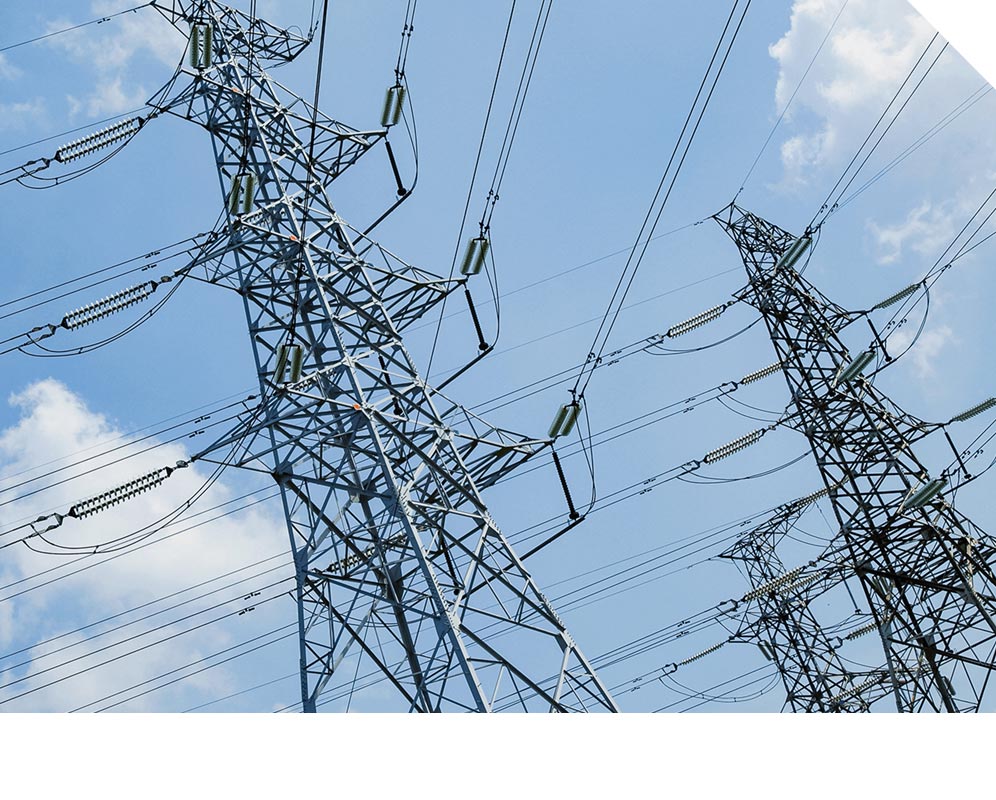
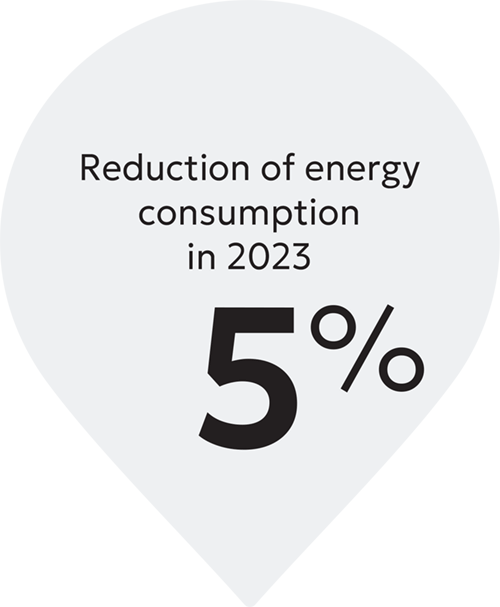
Indicators of consumption of fuel and energy resources
Total energy consumption, million GJ GRI 302-1
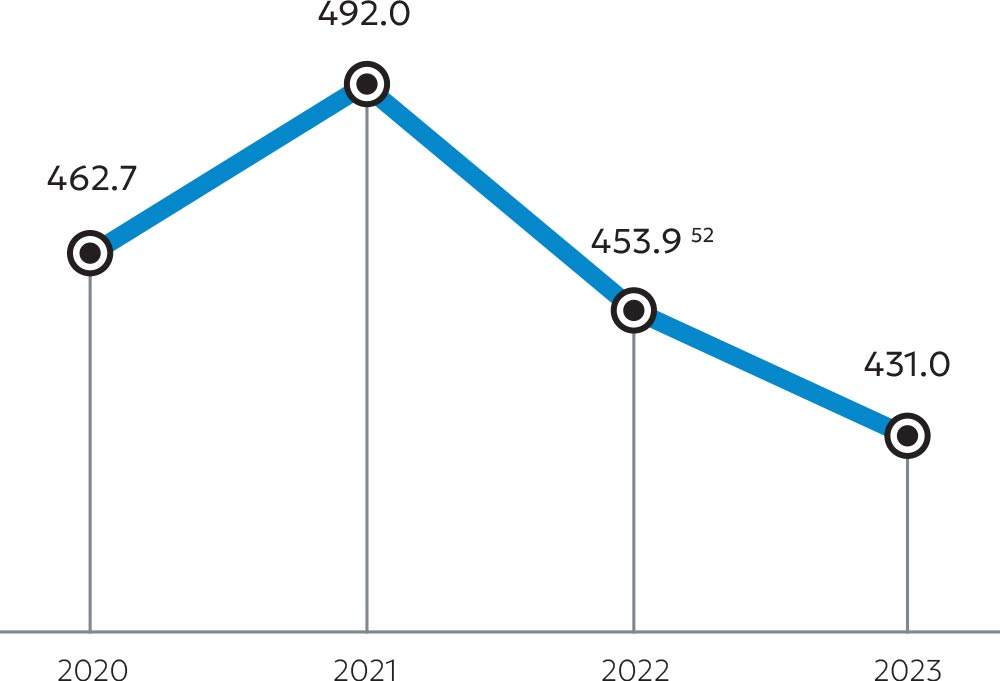
Energy consumption by segment, million GJ
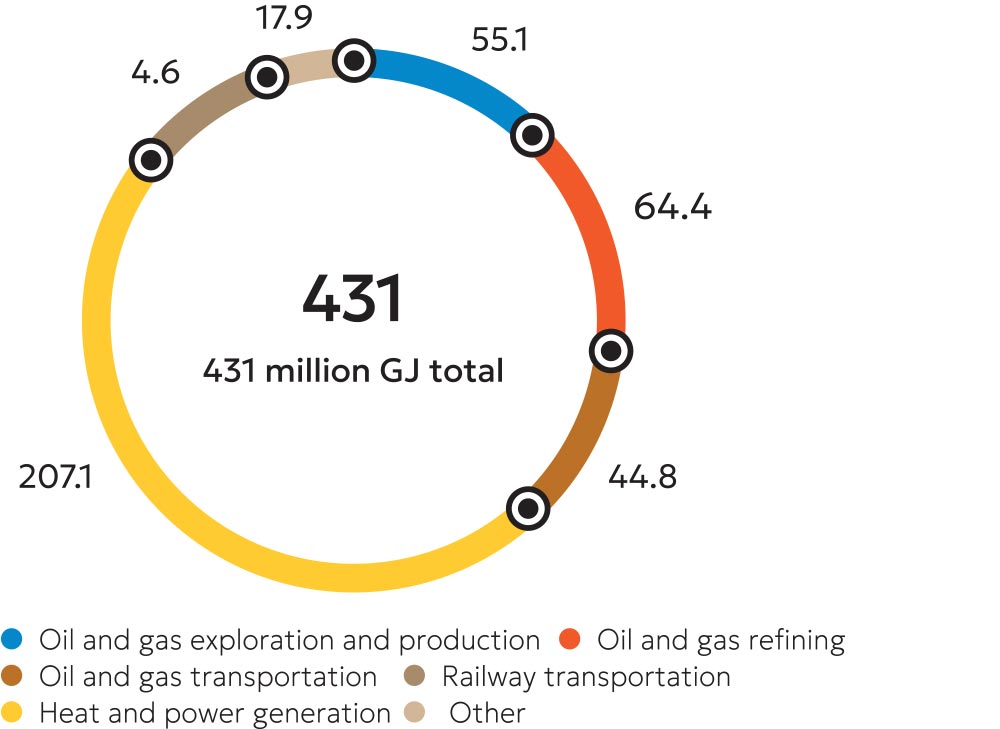
52 The total energy consumption in the 2022 Sustainability Report is different due to the exclusion of electricity sold in this year to avoid double counting.
Fuel consumption from non-renewable sources, by fuel type, million GJ
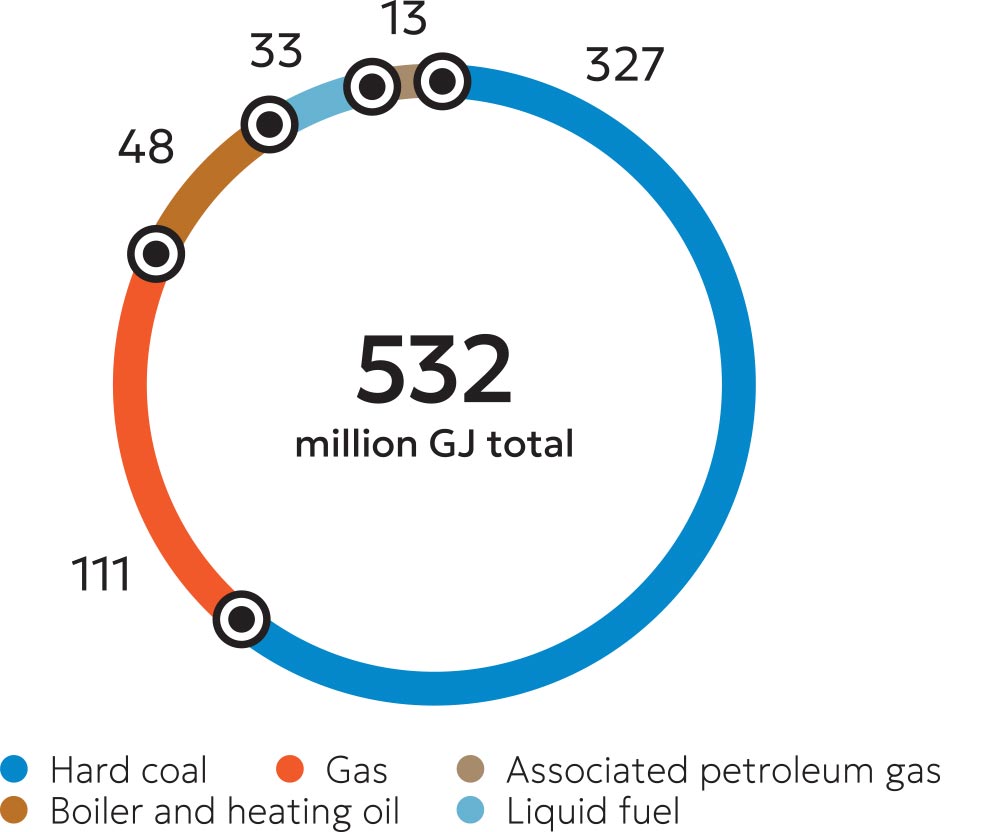
Fuel consumption from renewable sources, thousand GJ
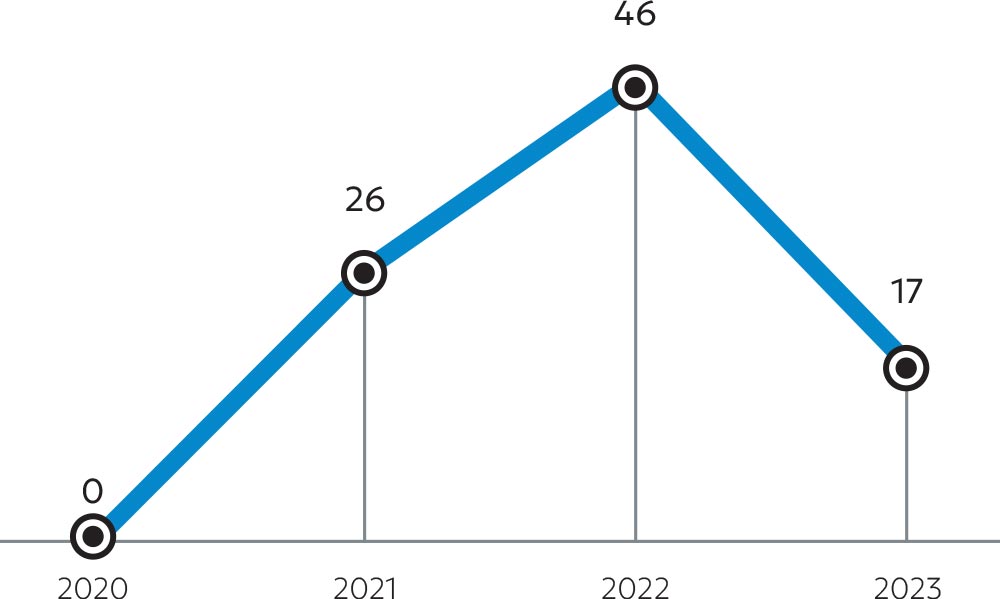
Consumption of FER from non-renewable sources, thousand GJ GRI 302-1 SASB
| Type of fuel | 2020 | 2021 | 2022 | 2023 |
|---|---|---|---|---|
| Liquid fuel, including: | 28,970 | 30,634 | 31,685 | 32,972 |
| - Petrol | 1,007 | 928 | 880 | 1,090 |
| - Diesel fuel | 27,962 | 29,706 | 30,806 | 31,882 |
| Boiler and heating oil, including: | 49,877 | 45,385 | 50,255 | 47,523 |
| - Heating oil | 42,206 | 39,700 | 46,372 | 42,380 |
| - Petroleum | 781 | 652 | 958 | 1,169 |
| - Fuel oil | 6,836 | 5,006 | 2,924 | 3,975 |
| - Marine fuel oil (IFO fuel oil) | 54 | 28 | 1 | 0 |
| - Associated petroleum gas | 13,932 | 14,461 | 15,702 | 12,933 |
| Hard coal | 293,556 | 334,710 | 328,633 | 327,121 |
| Gas, including: | 114,536 | 145,496 | 129,662 | 111,346 |
| - Natural gas | 97,069 | 127,248 | 112,458 | 94,789 |
| - Stripped gas | 17,257 | 18,036 | 17,103 | 16,484 |
| LPG | 214 | 217 | 102 | 73 |
| Total | 500,870 | 570,686 | 555,938 | 531,895 |
As part of the ongoing work on energy and resource saving and energy efficiency improvement for 2023, the total energy savings totaled — 11.5 million GJ. GRI 302-4
The electricity and heat generation sector accounted for the largest share in the reduction of energy consumption — 87%. The sector implements energy efficiency measures, such as the construction of new substations, reconstruction and improvement of power grids, and optimization and modernization of energy infrastructures. GRI 302-4
Reduction of energy consumption as a result of reduction initiatives, million GJ

In the oil and gas production and refining sector, measures were implemented to modernize process equipment, introduce energy-saving technologies, develop in-house power generation sources, replace lighting, reduce room temperature outside working hours, optimize compressor station loads, etc.
In the uranium exploration and production sector, energy savings totaled 218 thousand GJ. In the area of energy consumption and energy efficiency improvement, efficiency is set not to exceed the annual planned specific energy consumption rates.
In the rail transport sector, fuel and energy savings increased more than 10-fold year-on-year to 150 thousand GJ. In 2023, a Low Carbon Development Action Plan for 2023-2027 was approved, detailing the measures to be taken. JSC NC Kazakhstan Temir Zholy purchased passenger coaches with combined heating, locomotives with higher environmental performance, heating in branches was switched from solid fuel to electric heating, and energy efficiency measures were implemented in branches of JSC NC Kazakhstan Temir Zholy and its subsidiaries, which reduced fuel consumption and, consequently, pollutant emissions.
